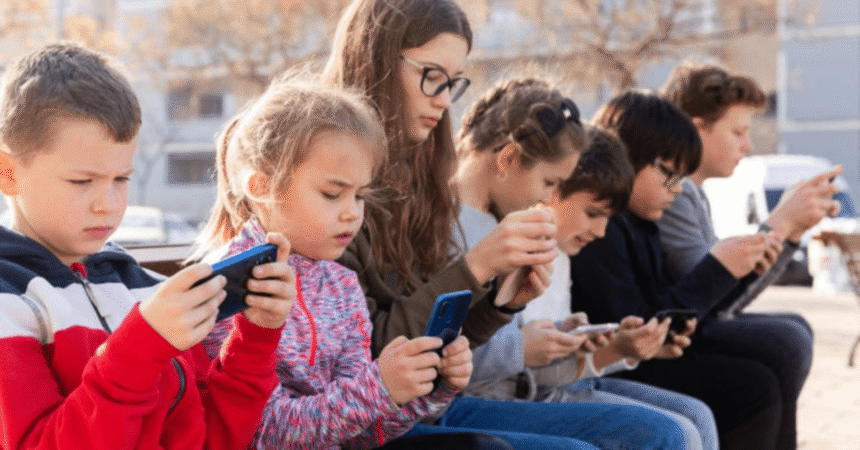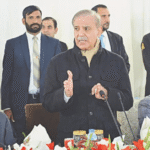In a world where social media dominates every aspect of our lives, the Australian government has taken a bold step to protect its most vulnerable citizens – children. The introduction of a minimum age limit of 14 to 16 years for social media users is a move that has sparked both praise and criticism. As the world watches, it’s essential to delve into the reasoning behind this decision and its potential implications.
The impact of social media on children’s mental health has been a topic of concern for years. Cyberbullying, online harassment, and exposure to harmful content have become commonplace. The Australian government’s move is an attempt to mitigate these risks and ensure that children are protected from the darker side of the internet.
Prime Minister Anthony Albanese’s statement that social media is a “scourge” on young people highlights the urgency of the situation. The government’s decision to introduce legislation to keep children off social media is a testament to its commitment to addressing this issue.
However, some experts argue that regulating youth access to social media may not be the most effective solution. They claim that it fails to address the root cause of the problem – irresponsible social media platforms. Samantha Schulz, a senior sociologist of education at the University of Adelaide, notes that young people are not the problem, but rather the symptom of a larger issue.
The technical feasibility of enforcing an online age limit is also a concern. With the rise of fake accounts and age verification workarounds, it’s unclear whether this measure will be effective in practice.
Despite these challenges, the Australian government’s move is a step in the right direction. It acknowledges the need for social media companies to take responsibility for their platforms and ensures that they are held accountable for the content they host.
As the world grapples with the complexities of social media regulation, Australia’s bold move serves as a catalyst for conversation. It’s a reminder that the protection of children’s wellbeing is a collective responsibility – one that requires cooperation from governments, social media companies, and parents alike.
In conclusion, the introduction of a minimum age limit for social media users in Australia is a move that has sparked both praise and criticism. While there are valid concerns about its effectiveness, it’s essential to acknowledge the government’s commitment to addressing the harmful effects of social media on children. As we navigate the complexities of social media regulation, it’s crucial to prioritize the wellbeing of our most vulnerable citizens – children.
#SocialMediaRegulation #Australia #ChildrensWellbeing #MentalHealth #OnlineSafety






